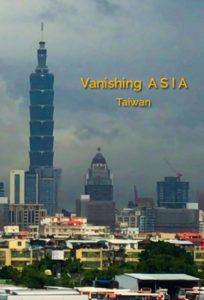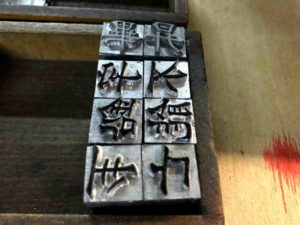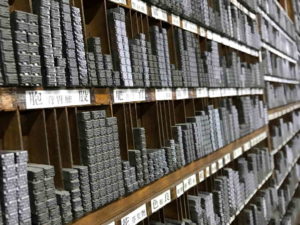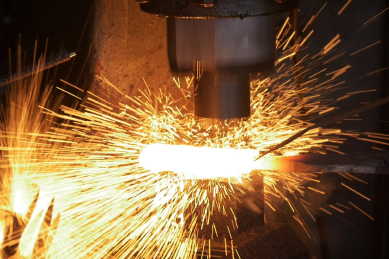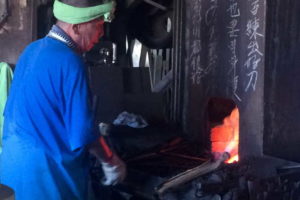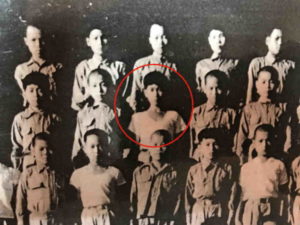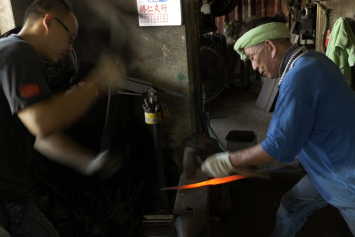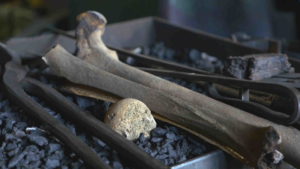“Paper Ties”
Chinese paper offerings. For centuries, it’s been an important feature in religious rituals and funerals. These paper offerings take all shapes and forms…
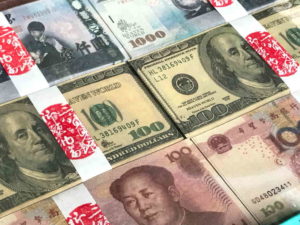
Hell money for spending in the afterlife.
Money…

One always needs a home and servants.
Servants…
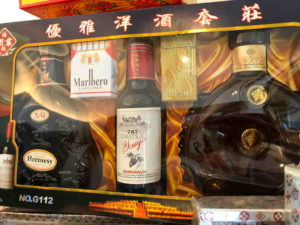
And what’s the afterlife without some earthly luxuries?
Libations….
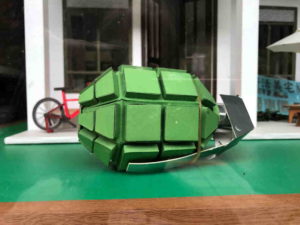
Seriously?
In fact, everything imaginable.
These gifts are burned for the dead. It’s a way to calm the departed… making their journey in the afterlife more comfortable.
Today, factories churn out massive amounts of low quality paper products. But it wasn’t always that way. Originally, all the paper work was done by hand.
In Taiwan, only a few traditional paper craftsmen remain.
Chang Hsu Pei owns Hsin Hsin Joss Paper, a family business that encompasses four generations.

Chang Hsu Pei works on the bamboo frame for the paper dragon’s head.
It all began with his grandfather back in the early 20th Century.Surrounded by papermaking, Mr. Chang’s interest began at a young age.
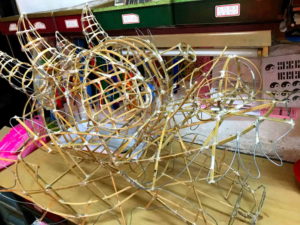
The completed bamboo frame for the paper dragon’s head.
When he started out 55 years ago, all paper craftsmen were doing the same thing in a similar style. But Mr. Chang was determined to be different. Unique. Not to create offerings like everyone else. And he succeeded, creating exquisite paper art unlike any others.
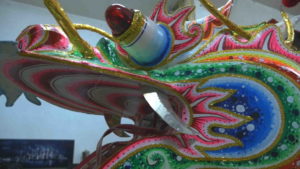
The completed handcrafted paper dragon’s head.
But is there a place in today’s modern, hi-tech Taiwan for these handcrafted pieces that go up in flames?
This segment explores the dilemma and challenges facing artisans like Mr. Chang.

